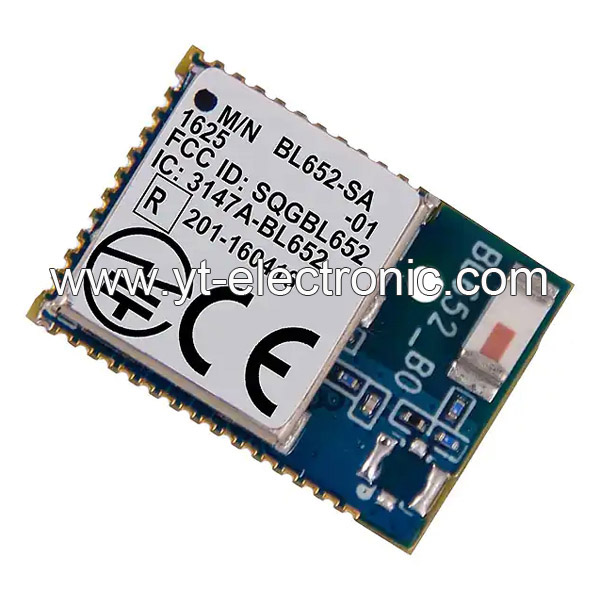RF and Wireless
1. Radio Frequency (RF) Overview
1) Definition and Frequency Band: Radio Frequency refers to electromagnetic waves in the 300kHz-300GHz frequency band, which has high-frequency alternating characteristics and is the basic carrier of wireless signal transmission.
2) Key Components:
Passive devices: including inductors, capacitors, directional couplers and waveguides, etc., are used for signal matching, filtering, and power distribution.
Active devices: such as microwave power amplifiers, diodes, and transistors, which undertake signal amplification, modulation, and demodulation functions.
Connector: RF connectors (such as SMA and BNC) are used as electrical interfaces of transmission lines to ensure low-loss transmission of high-frequency signals.
2. What is the Classification of Wireless Communication Technologies?
1)Short-Range Communication
Bluetooth: Based on the IEEE 802.15.1 standard, it uses the 2.4GHz ISM frequency band and a master-slave structure, which is suitable for low-power device interconnection.
Wi-Fi: Follows IEEE 802.11 protocol, supports 2.4GHz/5GHz frequency bands, provides high-speed LAN access, and requires optimization of microstrip or coplanar waveguide transmission line impedance during design.
RF: Such as 315MHz/433MHz frequency bands, used for remote controls and access control systems, with low transmission rates but low costs and complexity.
2)Wide Area Communications
Mobile Network (4G/5G): Integrates cellular technology and WLAN to achieve high-bandwidth, low-latency data transmission.
LPWAN technology: Such as NB-IoT, designed specifically for the Internet of Things, covering long-distance, low-power scenarios.
3. What is RF and Wireless Used for?
RF Module: Integrates high-frequency transceiver circuits, supports 1M-2Mbps rates, and is used in vehicle monitoring, industrial data collection, and smart homes.
Antenna design: It is necessary to consider PCB stacking (such as L2 as RF reference ground in the four-layer board), routing continuity to avoid signal reflection, and matching network optimization (such as parallel capacitors and series inductors) to improve efficiency.
4. How to Evaluate RF and Wireless?
Performance indicators: Including transmission power, frequency error, adjacent channel leakage ratio (ACLR) and receiving sensitivity, etc., which need to be tested by conduction and radiation methods.
International certification: Such as FCC (USA), CE (EU), and TELEC (Japan), to ensure that the equipment complies with electromagnetic compatibility and RF specifications.
5. What is the Development Trend of RF and Wireless?
High frequency: Expand to millimeter wave (30-300GHz) to meet 5G/6G requirements.
Integration: SOC (system on chip) integrates RF front-end and baseband processing to reduce power consumption and volume.









